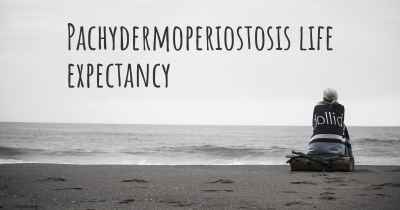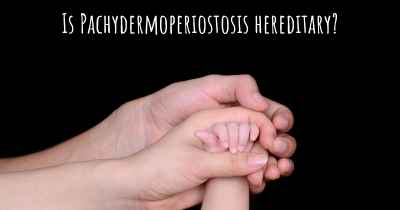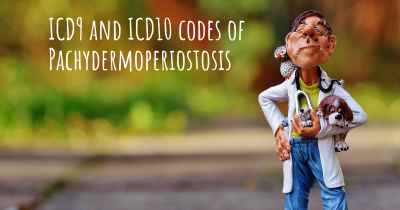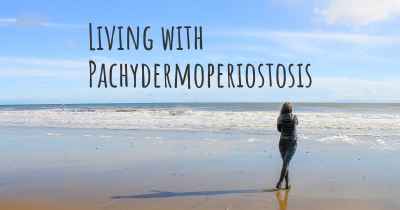Can people with Pachydermoperiostosis work? What kind of work can they perform?
See how people with experience in Pachydermoperiostosis give their opinion about whether people with Pachydermoperiostosis can work and what kind of jobs are more appropriated for people with Pachydermoperiostosis
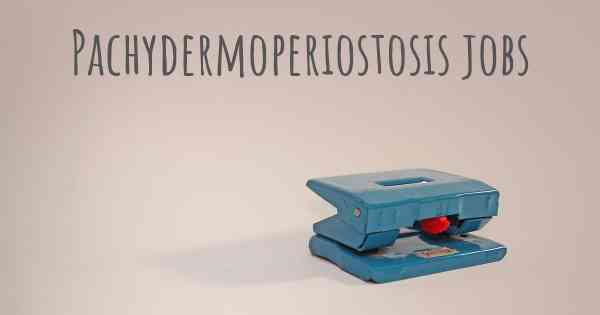
Pachydermoperiostosis, also known as primary hypertrophic osteoarthropathy, is a rare genetic disorder that affects the skin, bones, and joints. It is characterized by thickening of the skin, clubbing of the fingers and toes, and excessive bone growth.
While Pachydermoperiostosis can cause physical limitations and discomfort, it does not necessarily prevent individuals from working. The ability to work will depend on the severity of the symptoms and the specific job requirements.
Individuals with Pachydermoperiostosis may face challenges related to mobility, dexterity, and physical appearance. However, with appropriate management and accommodations, many individuals can lead productive and fulfilling professional lives.
Here are some factors to consider when determining suitable work options for individuals with Pachydermoperiostosis:
- Physical Limitations: Depending on the severity of symptoms, individuals may have limitations in mobility and manual dexterity. Jobs that require heavy physical labor or fine motor skills may be challenging. However, there are various occupations that are less physically demanding and can be suitable for individuals with Pachydermoperiostosis.
- Accommodations: Employers can provide accommodations to support individuals with Pachydermoperiostosis in the workplace. This may include ergonomic workstations, assistive devices, flexible schedules, or modified job duties. Accommodations can help individuals overcome physical challenges and perform their job effectively.
- Job Flexibility: Jobs that offer flexibility in terms of work hours, location, or tasks can be beneficial for individuals with Pachydermoperiostosis. This allows them to manage their symptoms, attend medical appointments, and adapt their work routine as needed.
- Supportive Work Environment: A supportive work environment that promotes inclusivity and understanding is crucial for individuals with Pachydermoperiostosis. Colleagues and supervisors who are aware of the condition and provide support can greatly contribute to the individual's overall well-being and job satisfaction.
- Skills and Interests: The suitability of a particular job will also depend on an individual's skills, qualifications, and personal interests. It is important to consider their abilities and aspirations when exploring potential career paths.
Ultimately, the ability of individuals with Pachydermoperiostosis to work will vary on a case-by-case basis. It is essential to assess their specific needs, abilities, and limitations in order to identify suitable employment opportunities.
It is recommended that individuals with Pachydermoperiostosis consult with healthcare professionals, vocational rehabilitation services, and disability support organizations to explore career options, receive guidance, and access necessary resources.
